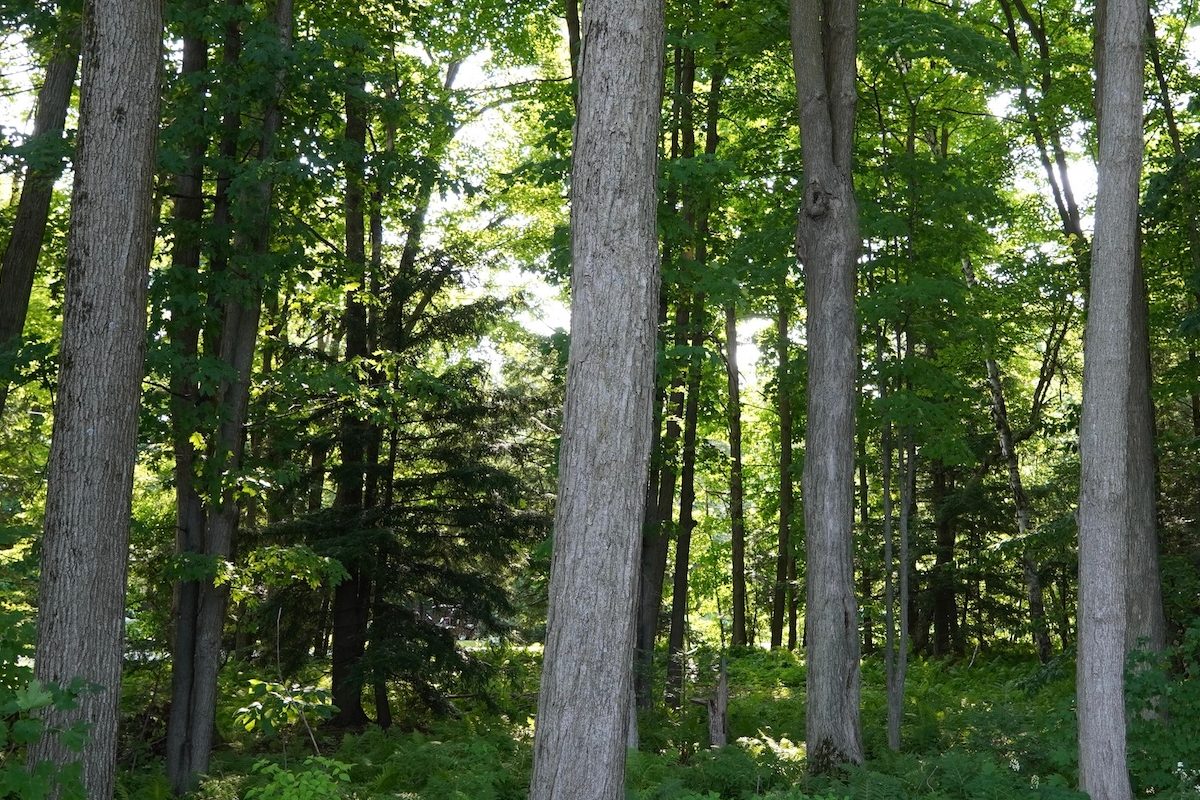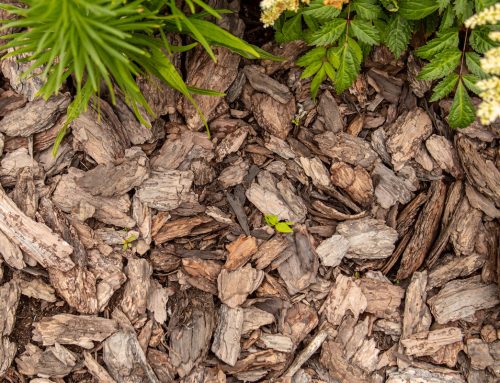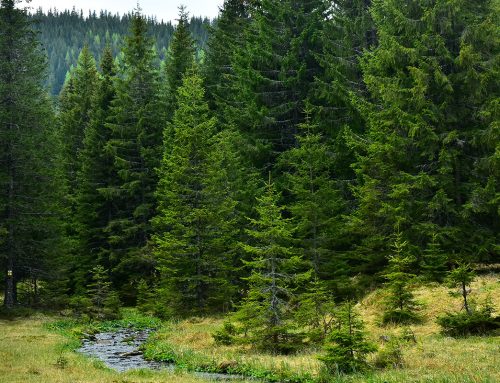When you hear “hardwood,” you might think of sturdy furniture, long-lasting flooring, or durable firewood. But what exactly does it mean when talking about trees? It’s a common term, but many people don’t know what makes a tree a hardwood. Let’s break down the basics of hardwood trees.
Hardwood Trees
This category of trees comes from flowering plants, known scientifically as angiosperms. The name “hardwood” is a bit misleading since it doesn’t always mean the wood is physically harder than softwood. For example, balsa wood, one of the softest woods, comes from a hardwood tree.
The real difference between the two lies in their structure and how they grow. Hardwood generally comes from deciduous trees, those that lose their leaves. These trees tend to be slower-growing, which is why many of them produce denser, stronger wood.

How to Identify Them
You can often recognize a hardwood tree by its leaf shape, bark, and the type of seeds or fruit it produces. For example, oak trees have distinctive lobed leaves and acorns, while maple trees are known for their signature star-shaped leaves and seeds with "wings."
Common examples include:
On the other hand, softwood comes from coniferous trees, which usually have needles and cones. Common softwoods include pine, cedar, and spruce.
Because of their density, hardwoods tend to be more durable and long-lasting than softwoods. This makes them ideal for projects that require strength and longevity, like furniture, flooring, and firewood.
Hardwood is a high-quality material for everything from furniture to long-lasting firewood. While not always harder than softwoods, hardwood trees generally offer stronger, longer-lasting wood due to their slower growth. At Deeke's, we pride ourselves on providing high-quality hardwood firewood that burns longer and hotter than softwood. Our firewood ensures a safer, cleaner, and more enjoyable fire every time.



